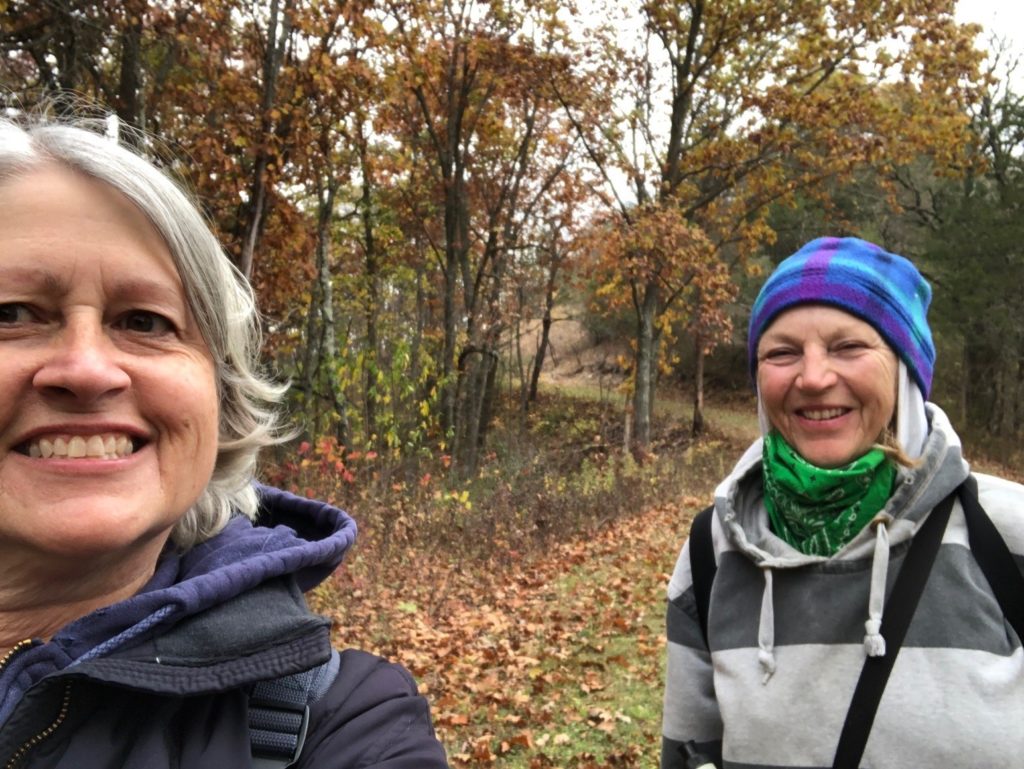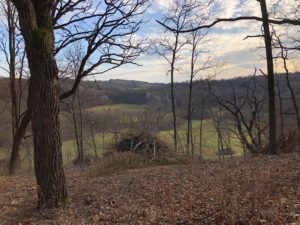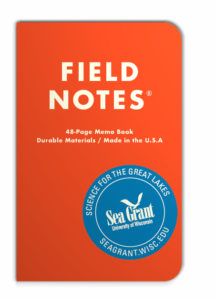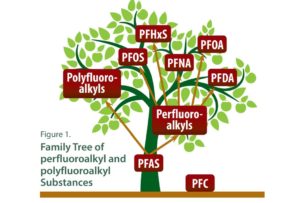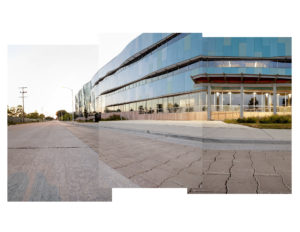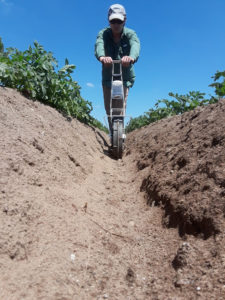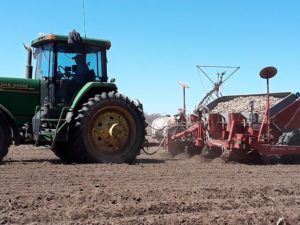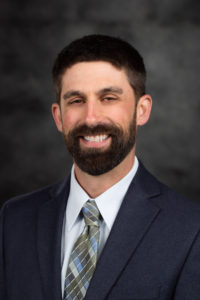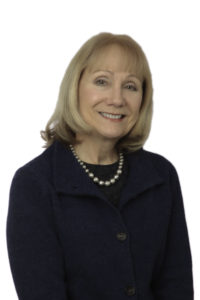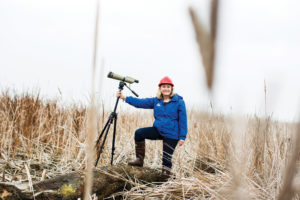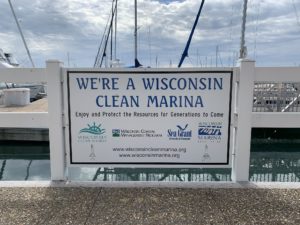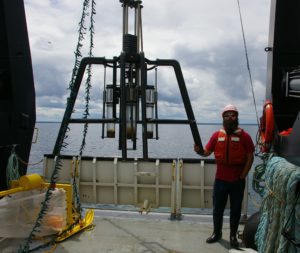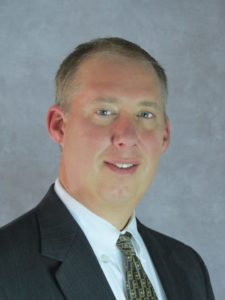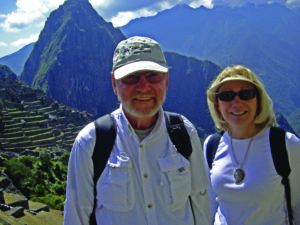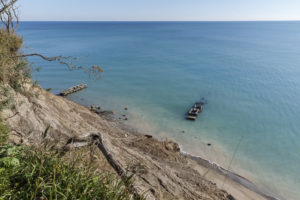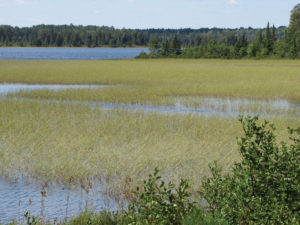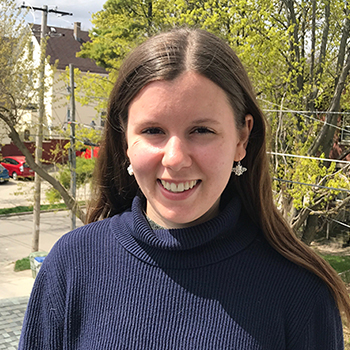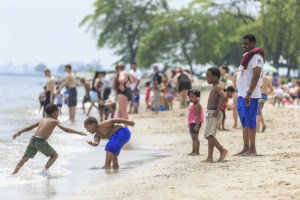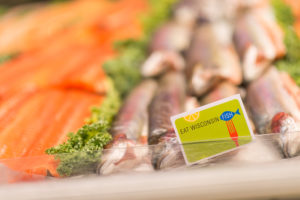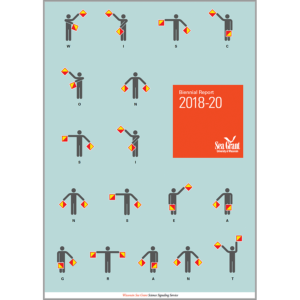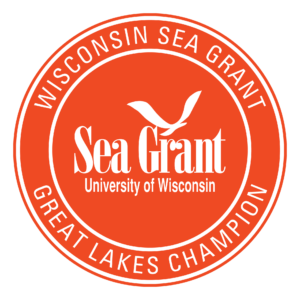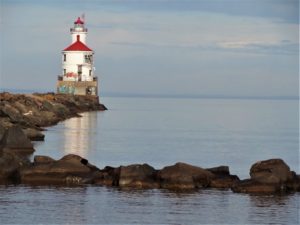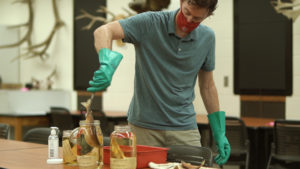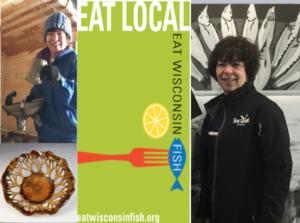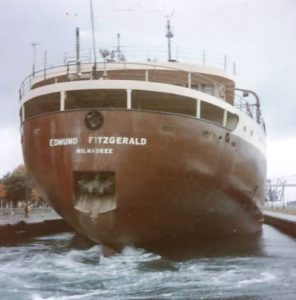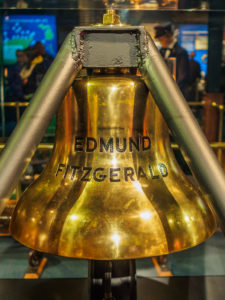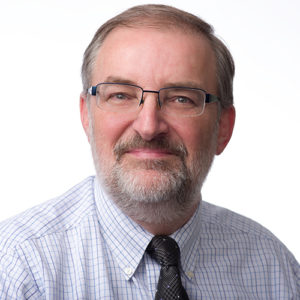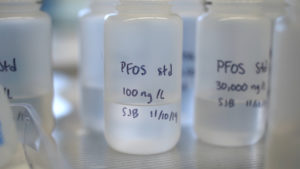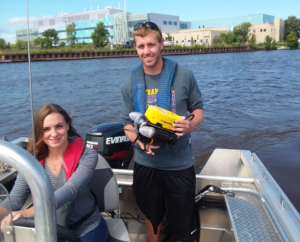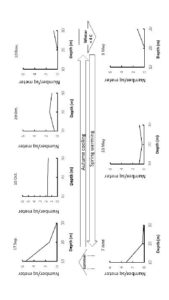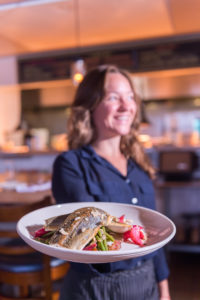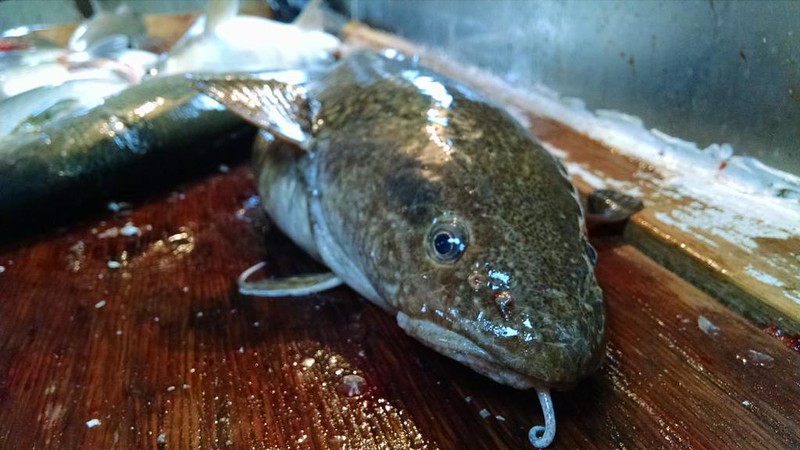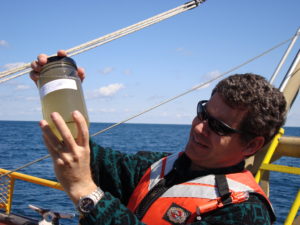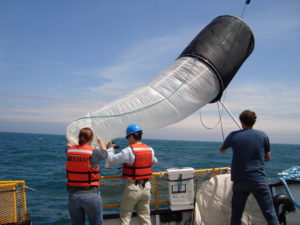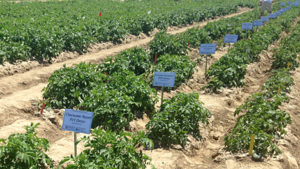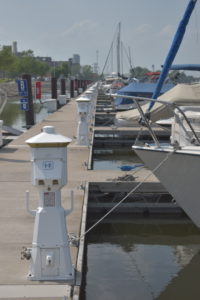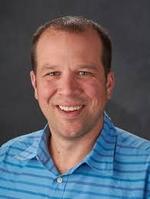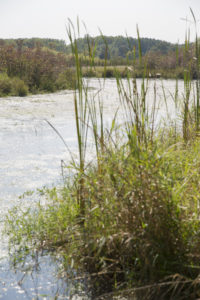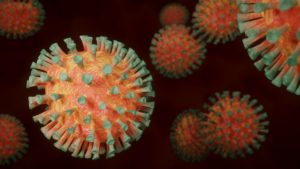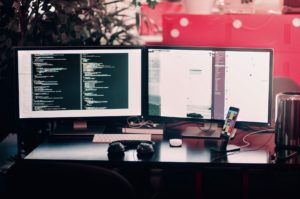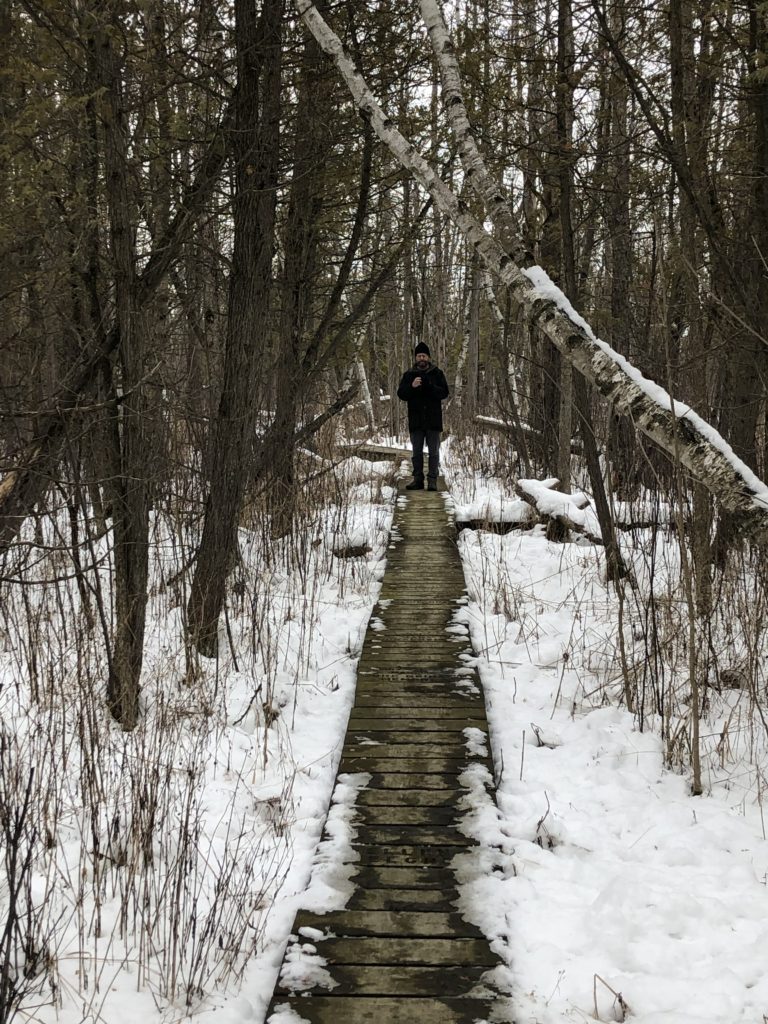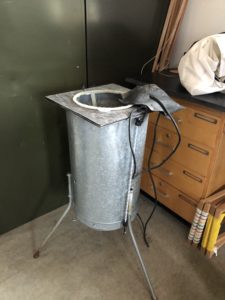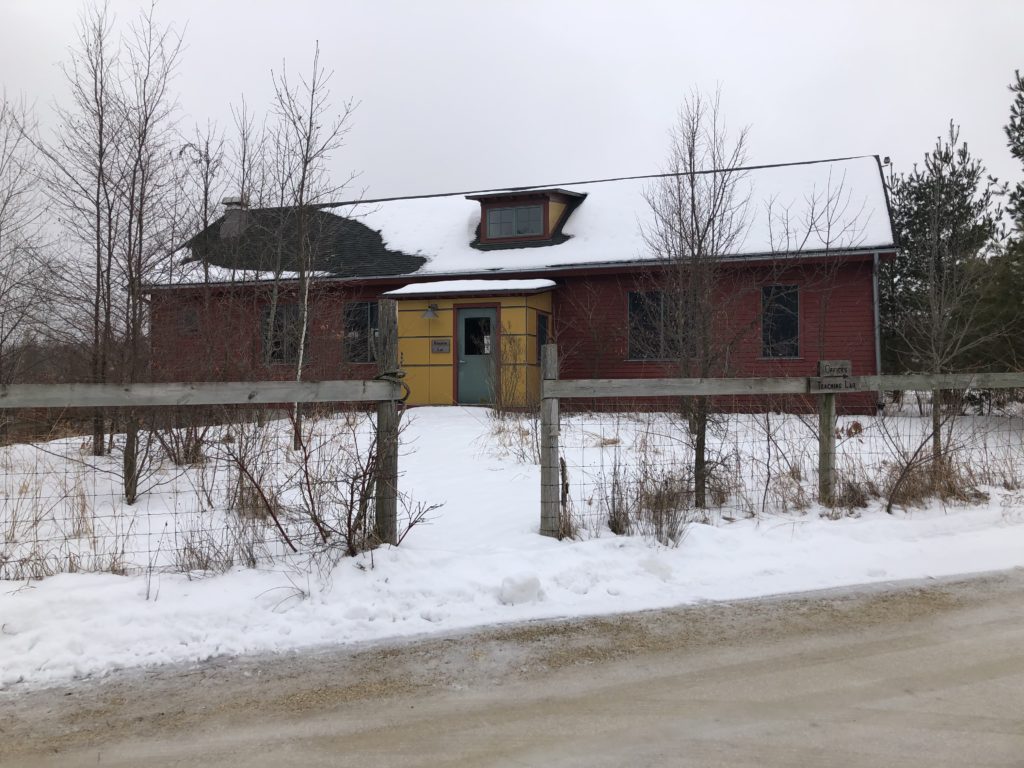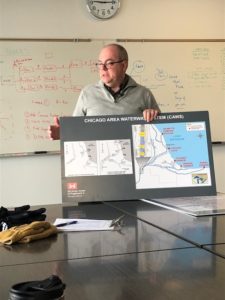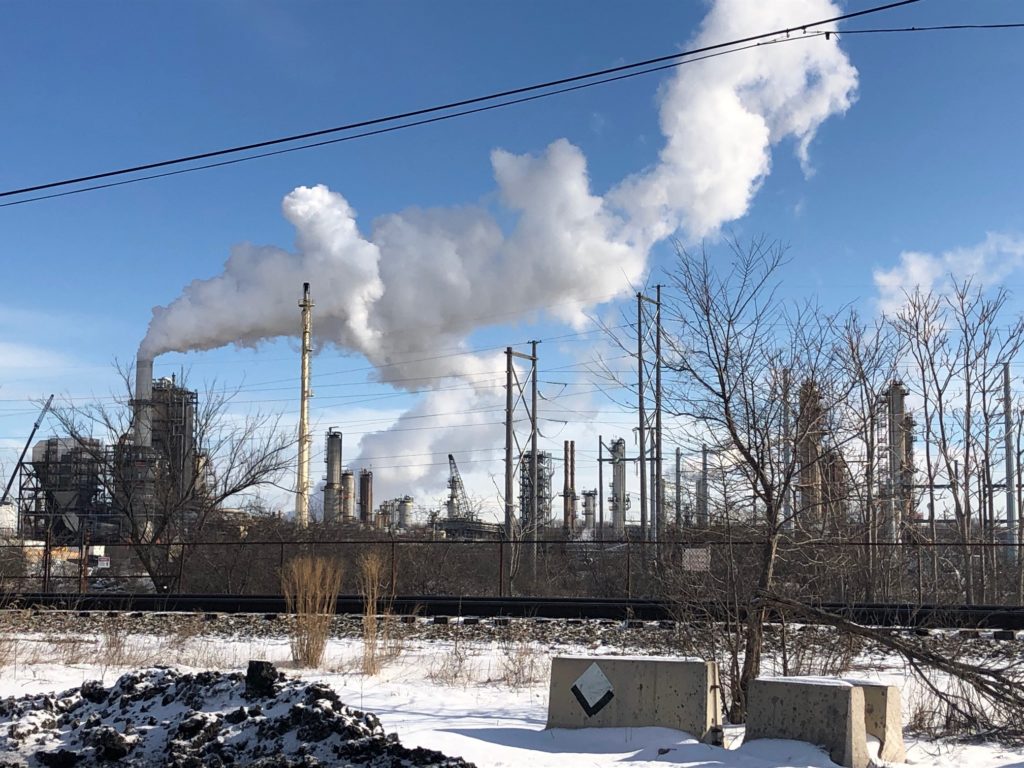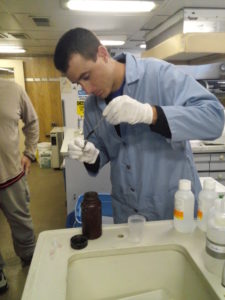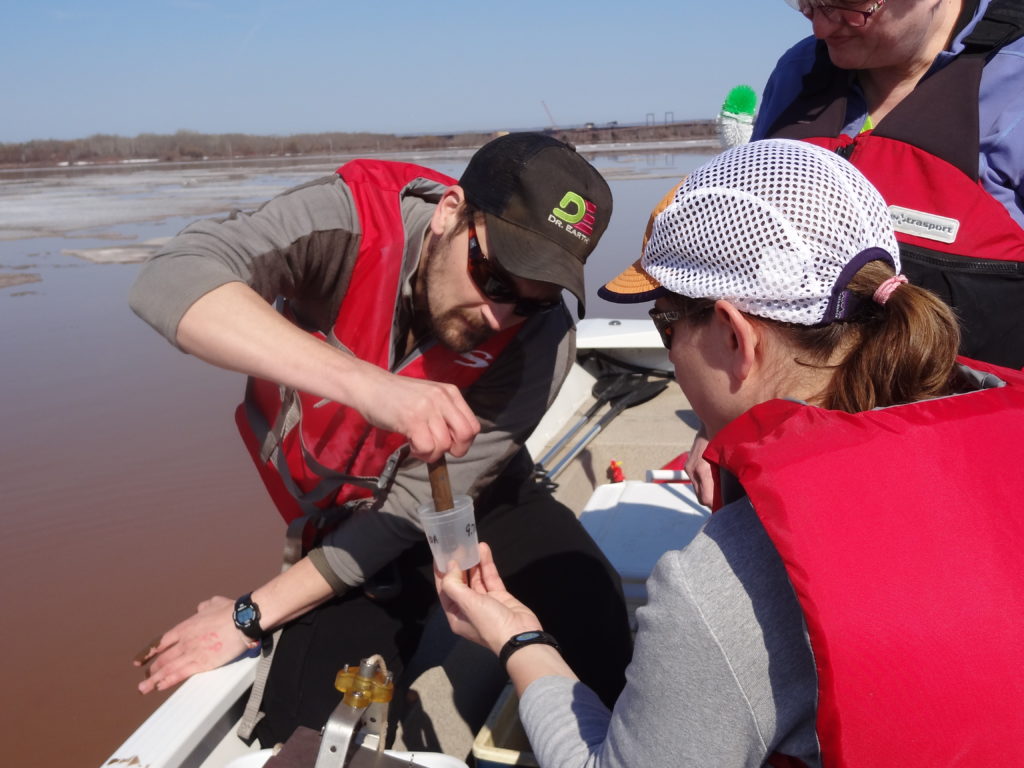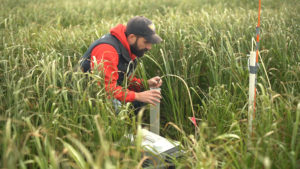Revisit water symposium through Tweets
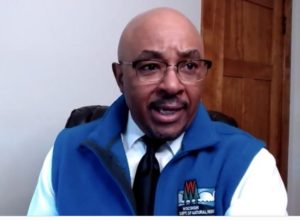
Preston Cole, Wisconsin Dept. of Natural Resources Secretary, spoke at the Water@UW-Madison Symposium. Image credit: Matthew Ginder-Vogel.
The fifth annual Water@UW-Madison spring symposium took place on Friday, May 7. This opportunity to connect water scholars and policymakers capitalized on opportunities in four areas: Wisconsin and climate change; per- and polyfluoroalkyl substances (PFAS); arts, culture and water; and the intersection of COVID and water.
Sea Grant’s Associate Director Jennifer Hauxwell is the current chair of the Water@UW-Madison executive committee. She put in a massive amount of planning and coordination to pull off the event that saw nearly 450 registrants and featured 40 speakers.
I’m also a member of the Water@UW-Madison executive committee but I only played a small role in the day, acting as the Twitter jockey. You can review the entire thread of the morning’s livestream. For a recap, here are a few Tweets that represented new information to me:
The WICCI (Wisconsin Initiative on Climate Change Impacts) #infrastructure working group is taking aim at the amount of #carbon in construction material. If concrete was a country, it would be the world’s third highest #carbon emitter after China and the U.S.
WICCI coastal resilience group helps ports, harbors and private property vulnerable to #GreatLakes water — at a record low in 2013 and now 6.5 feet higher. Working to build resilience to #changingcoasts #erosion #flooding
@julbusk Describes the Flow Project, which connects artists and Wisconsin researchers. Check out their lovely work.
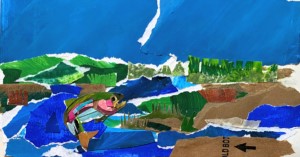
All of us listening to the symposium have some #PFAS in us @remucal
Whole lot of graphing going on here. Greg Harrington says water use during the pandemic drops at the commercial level and increases in homes to 60% and those folks pay more for their water than commercial customers @UWMadisonCEE
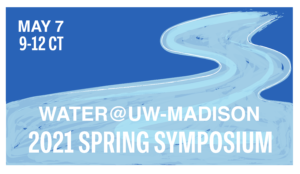 Finally, things were moving quickly, so I never did get a chance to tweet some meaningful quotes of the morning. I actually had them teed up, and this is how they would have been shared, if I had pushed them into the stream:
Finally, things were moving quickly, so I never did get a chance to tweet some meaningful quotes of the morning. I actually had them teed up, and this is how they would have been shared, if I had pushed them into the stream:
Water defines life in Wisconsin, @saackerman, UW-Madison vice chancellor for research and graduation education.
We need to protect our nature-based and water economy, Sec. Preston Cole @WDNR.
Water issues are people issues, Jennifer Hauxwell, chair of the Water@UW-Madison executive committee.
Water@UW-Madison is an umbrella organization that amplifies the water expertise of 130 faculty and staff across more than 40 departments and programs. Its scholarship represents topics such as water quality, invasive species and water policy. Anyone can join.
The post Revisit water symposium through Tweets first appeared on Wisconsin Sea Grant.
Blog – Wisconsin Sea Grant
https://www.seagrant.wisc.edu/blog/revisit-water-symposium-through-tweets/

